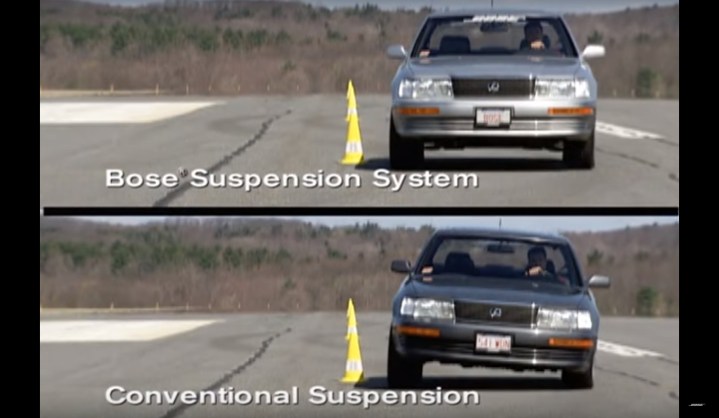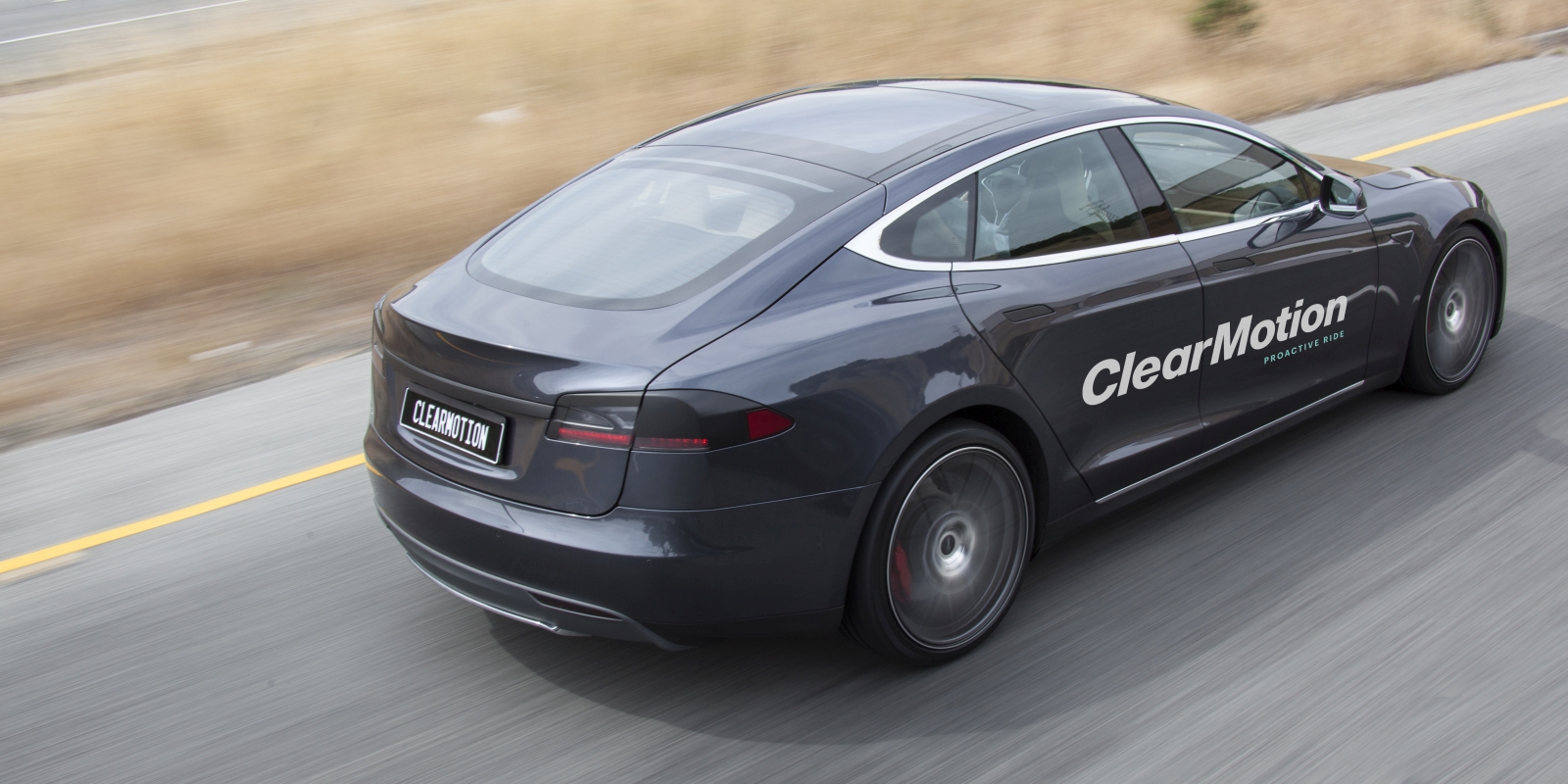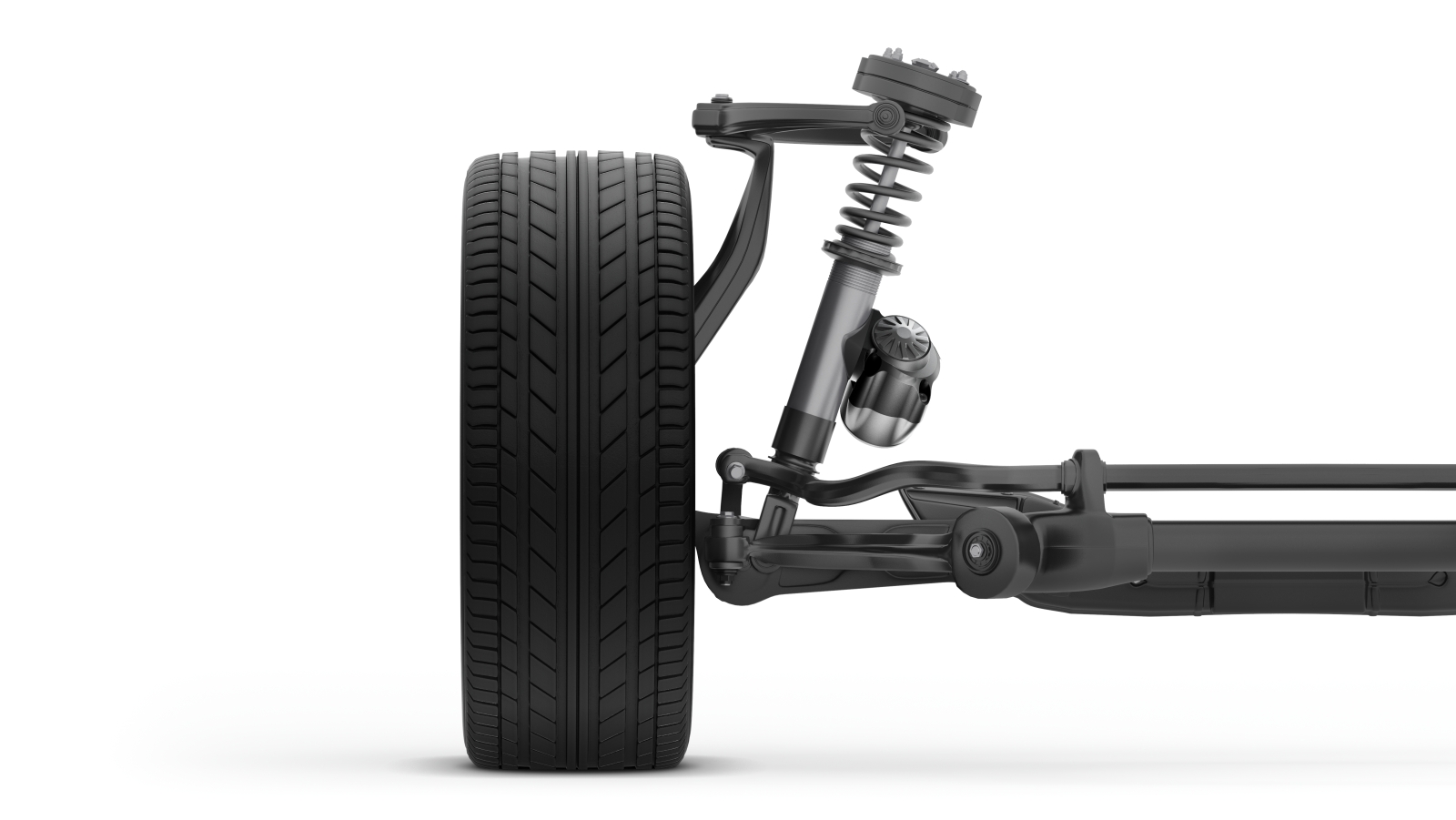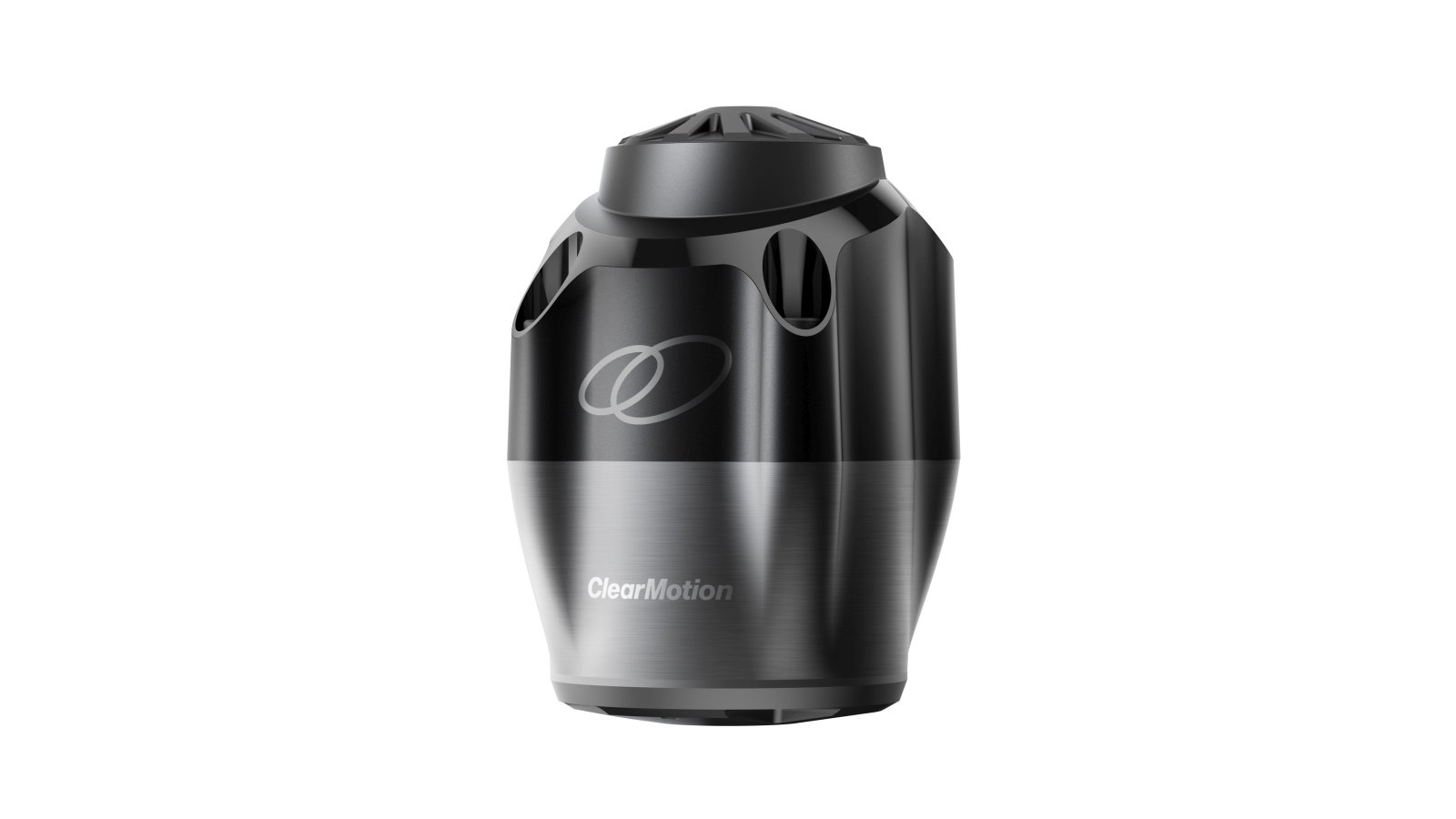
Bose is a company known for audio equipment ranging from home and personal use, to even commercial applications. But what about car suspension designs? Not really.
But for those of us who remember this video demonstration clip from the early 2000s of a first-generation Lexus LS400 sedan exhibiting virtually no body motions through various driving tests, your memories aren’t tricking you and it wasn’t a simulation. It was indeed a Lexus LS400 prototype equipped with an active adaptive suspension made by the same company that makes some of the best active noise-canceling headphones today. And after 30 years since it was conceptualized, the technology is set to officially reach production, thanks to a new proprietor called ClearMotion, a U.S-based engineering and tech startup.
Bose actually designed and produced a working adaptive suspension setup?
Yes, Bose actually engineered its own electromagnetically controlled adaptive suspension system, initially designed to revolutionize traditional and current automotive setups. In 1980, Amar Bose himself expressed interest in developing alternative solutions to the traditional spring-and-shock absorber suspension setup after having a hellish ownership experience with a 1957 Pontiac equipped with air suspension and a 1967 Citroën, whose hydropneumatic self-leveling suspension always leaked.
During his company’s peak of developing loudspeaker drivers for home theater systems for the digital age, he realized that the idea of a speaker, which consists of a magnet and an electromagnetic coil that oscillates a speaker cone in and out to produce sound, can be scaled to move a corner of an automobile weighing more than 1,000 pounds. Because vehicle suspension struts only move bidirectionally, the idea wasn’t at all far-fetched.
With the help of advances in technology that provided the industry with better electromagnetic motors, more powerful electrical amplifiers, and most of all, significantly improved computing power, Bose was able to make his vision a reality. By 2004, the company felt comfortable enough with its development to impress its own accounting department by releasing its first video demonstration of his suspension system in action as a proof of concept. It was called Project Sound.
How does it work?
Similarly to modern adaptive and active suspension setups today, it utilizes a combination of clever engineering and software to essentially eliminate all body motions for a completely flat and level handling and driving experience. Bose’s system specifically uses what’s called a linear electromagnetic motor or “LEM” at each of the vehicle’s four suspension corners, instead of the conventional shock-and-spring setup. Amplifiers then pulse electricity to the motors, which also regenerate power from each compression of the strut. This provides the main benefit of the LEM in that their oscillation range isn’t limited by the inertia incurred by the dissipation of energy in conventional fluid-filled dampers.
This ultimately improves vehicle handling significantly by further managing the distribution of weight under specific driving situations while maintaining a center of gravity for the utmost control.
But not only that, the system can anticipate specific road imperfections and hazards and could even actively jump the car over an obstacle in order to completely avoid an impact, essentially rendering speedbumps and potholes a complete nonissue.
So what happened to this technology?
While a technical success with a strong proof of concept, Bose’s active suspension system never commercially took off because it was still too heavy, too complex, and too expensive to implement. But 30 years following its conception, the company’s incredible technology finally got the reboot it needed to actually get on the road. Back in 2013, ClearMotion bought the rights to the technology with hopes to revive it with modern updates and to put it into production.
“Our technology is the fastest proactive ride system that exists today,” ClearMotion CEO Shak Avadhany said in an exclusive interview with Autocar. “It really delivers an almost instantaneous level of isolation that’s so noticeable you’d feel the difference in the first 10 feet of driving.”
“In our system, we equip the damper with an active valve that allows the fluid inside to pass in and out,” Avadhany continued. “We have real-time accelerometers that are reading the road and reacting instantly, with motors providing the car with unparalleled ride quality.”
To help drive the cost down, ClearMotion is reworking Bose’s original design to be more cost efficient than the original. So far, more than five luxury and high-end automakers expressed their interest in the tech, but Avadhany didn’t specify which ones.
ClearMotion plans to introduce its new suspension system in a new “low-volume” vehicle in 2019 with hopes to further implement the system to the mass market by 2020.






